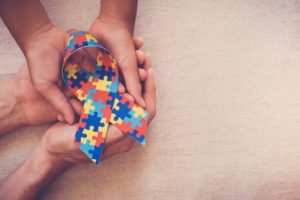
Autism, or Autism Spectrum Disorder (ASD) has become more talked about in recent years, and its prevalence seems to be growing, the chances are you know someone whose family has been impacted by a diagnosis of ASD.
According to the Public Health Agency of Canada, 1 in 66 children and youth are diagnosed with ASD in this country.
ASD occurs in all racial, ethnic and socioeconomic groups, but it is about 4 times more common among boys than girls. Studies are still being conducted to better understand where this disparity comes from.
The learning, thinking and problem-solving abilities of people on the Autism spectrum can vary greatly, some people with ASD are extremely gifted, whilst some face severe challenges.
We do know now, that signs of ASD begin during early childhood and that we should be watching for certain developmental milestones.
Signs and Symptoms:
The CDC has the following list outlining some of the signs and symptoms to be aware of.
- The child may not point at objects to show interest (for example, pointing at an airplane flying overhead.)
- They may not look at objects when another person points at them.
- They may have trouble relating to others, or not have an interest in people at all.
- They may avoid eye contact and want to be alone.
- They may have trouble understanding other people’s feelings, or talking about their own feelings.
- They may prefer not to be held or cuddled, or might cuddle only when they want to.
- They may appear to be unaware when people talk to them, but respond to other sounds.
- They may be very interested in people, but not know how to talk, play or relate to them.
- They may repeat or echo words or phrases said to them, or repeat words or phrases in place of normal language.
- They may have trouble expressing their needs using typical words or motions.
- They may not play “pretend games” for example, not pretending to “feed” a doll.
- They may repeat actions over and over again,
- They may have trouble adapting when a routine changes.
- They may have unusual reactions to the way things smell, taste, look, feel or smell.
- They may lose skills they once had, for example they might stop saying words they were previously using.
Behaviour considerations
People with ASD can have behaviours or interests that might seem unusual to others. The CDC has listed the following examples of these behaviours:
- Lining up toys or other objects and getting upset when the order is changes.
- Repeating words or phrases over and over (also called echolalia).
- Playing with toys the same way every time.
- Focussing on parts of objects (for example wheels).
- Getting upset by minor changes.
- Having obsessive interests.
- Needing to follow certain routines.
- Flapping hands, rocking body or spinning self in circles.
- Having unusual reactions to the way things sound, smell, taste, look or feel.
Other characteristics you may notice:
- Delayed language skills
- Delayed movement skills
- Delayed cognitive or learning skills
- Hyperactive, impulsive and/or inattentive behaviour
- Epilepsy or seizure disorder
- Unusual sleeping and eating habits
- Gastrointestinal issues
- Unusual mood or emotional reactions
- Anxiety, stress or excessive worry
- Lack of fear, or more fear than expected.
**Please note children with ASD may not have all/any of the behaviours listed as examples here, this is simply designed to be a guide.**
Developmental Milestones
When looking at developmental milestones, we focus on the following areas:
- Playing
- Learning
- Speaking
- Behaving
- Moving
It’s important to seek the input of parents/grandparents/early childhood providers and other caregivers in the child’s life to determine which areas are in need of support and intervention.
The Ontario Public Health Guidelines outline the following expectations for developmental milestones, broken down by age.
By 6 months
Most children can:
- turn to source of sounds
- startle in response to sudden, loud noises
- make different cries for different needs (for example, I’m hungry, I’m tired)
- watch your face as you talk
- smile and laugh in response to your smiles and laughs
- imitate coughs or other sounds (for example, ah, eh, buh)
By 9 months
Most children can:
- respond to their name
- respond to the telephone ringing or a knock at the door
- understand being told “no”
- get what they want through sounds and gestures (for example, reaching to be picked up)
- play social games with you (for example, peek-a-boo)
- enjoys being around people
- babbles and repeats sounds (for example, babababa, duhduhduh)
By 12 months
Most children can:
- follow simple one-step directions (for example, “sit down”)
- look across the room to something you point to
- use three or more words
- use gestures to communicate (for example, waves “bye bye”, shakes head “no”)
- get your attention using sounds, gestures and pointing while looking at your eyes
- bring you toys to show you
- “perform” for attention and praise
- combine lots of sounds as though talking (for example, abada baduh abee)
- show interest in simple picture books
By 18 months
Most children can:
- understand the concepts of “in and out”, and “off and on”
- point to several body parts when asked
- use at least 20 words
- respond with words or gestures to simple questions (for example, “where’s teddy?”, “what’s that?”)
- demonstrate some pretend play with toys (for example, gives teddy a drink)
- make at least four different consonant sounds (for example, b, n, d, g, w, h)
- enjoy being read to and looking at simple books with you
- point to pictures using one finger
By 24 months
Most children can:
- follow two-step directions (for example, “go find your teddy bear and show it to Grandma”)
- use 100 or more words
- use at least two pronouns (for example, “you”, “me”, “mine”)
- consistently combine two or more words in short phrases (for example, “daddy hat”, “truck go down”)
- enjoy being with other children
- begin to offer toys to peers and imitate other children’s actions and words
- be understood by people 50% to 60% of the time
- form words and sounds easily and effortlessly
- hold books the right way up and turn pages
- “read” to stuffed animals or toys
- scribble with crayons
By 30 months
Most children can:
- understand the concepts of size (big and little) and quantity (a little, a lot, more)
- use some adult grammar (for example, “two cookies”, “bird flying”, “I jumped”)
- use more than 350 words
- use action words (for example, run, spill, fall)
- begin taking turns with other children, using both toys and words
- show concern when another child is hurt or sad
- combine several actions in play (for example, feed a doll then put it to sleep, put blocks in train then drive train and drop blocks off)
- include sounds at the beginning of most words (for example, say “cat” rather than “at”)
- produce words with two or more syllables or beats (for example, “ba-na-na”, “com-pu-ter”, “a-pple”)
- recognize familiar logos and signs, for example stop sign
- remember and understand familiar stories
By age 3
Most children can:
- understand “who”, “what”, “where” and “why” questions
- create long sentences using 5 or more words and talk about past events (for example, trip to grandparents’ house, day at childcare)
- tell simple stories
- show affection for favourite playmates
- engage in multi-step pretend play (for example, cooking a meal, repairing a car)
- be understood by most people outside of the family, most of the time
- be aware of the function of print (for example, in menus, lists, signs)
- have a beginning interest in, and awareness of, rhyming
By age 4
Most children can:
- follow directions involving three or more steps (for example, “first get some paper, then draw a picture, last give it to mom”)
- use adult-type grammar
- tell stories with a clear beginning, middle and end
- talk to try to solve problems with adults and other children
- demonstrate increasingly complex imaginative play
- be understood by strangers most of the time
- be able to generate simple rhymes (for example, cat and bat)
- match some letters with their sounds (for example, the letter T says ‘tuh’)
By age 5
Most children can:
- follow group directions (for example, “all the children get a toy”)
- understand directions involving “if…then” (for example, “if you’re wearing runners, then line up for gym”)
- describe past, present and future events in detail
- seek to please their friends
- show increasing independence in friendships (for example, may visit a neighbour by themselves)
- use almost all of the sounds of their language with few to no errors
- know all the letters of the alphabet
- identify the sounds at the beginning of some words (for example, “pop starts with the ‘puh’ sound”)
These guidelines came from https://www.ontario.ca/page/early-child-development
What to do if you suspect your child has ASD
Research has shown that early intervention/treatment can make a significant difference in a child’s development.
It is important if you notice any of the above milestones are not being met to take your child to your family doctor. They may refer to a paediatrician, or other professional who is an expert in the field who can advise you on how to seek out diagnosis/services.
It’s important to note that many services can begin even before a diagnosis (for example, speech therapy/occupational therapy) to help provide support in the interim.
Types of professionals who work with ASD
It is important when you are doing your research to find professionals who are registered with their regulatory colleges and who have a special focus or additional training in the ASD field.
Some of the professionals who work with Autism Spectrum Disorders are;
* Speech Language Pathologists
* Occupational Therapists
* Registered Psychotherapists
* Registered Social Workers
* Registered Psychologists
* Board Certified Behaviour Analysts (BCBA)
* Applied Behaviour Analysis (ABA) therapists
* Intense Behavioural Intervention (IBI) therapists
* Paediatricians and other medical professionals.
Financial supports for children with ASD in Ontario
The Ontario Autism Program allows eligible families to apply for funding to help pay for the services needed for their child. You can find more information at the following link https://www.ontario.ca/page/ontario-autism-program-interim-one-time-funding
Final thoughts
ASD is a complex disorder and requires a multifaceted and unique approach, tailored to the individual and their family/caregivers. More needs to be done to make sure a diagnosis is made as early as possible and intervention can follow. We will have more content and information in the coming months as Brant Mental Health Solutions creates a new Autism Centre in Brantford called “Pathways To Hope.” We believe in a team approach to ASD and want to make sure the best professionals are hired to support those with ASD in our community.
Children and adults with ASD face unique challenges, but they are exceptional and wonderful people, we need to create a kind and accepting world for them to flourish in and we look forward to creating a space for their potential to be realized.
As always this blog is designed to be a guide and is not considered complete. It also does not replace seeking the help of a trained professional.


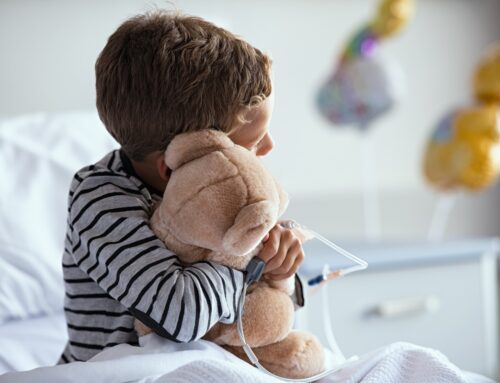
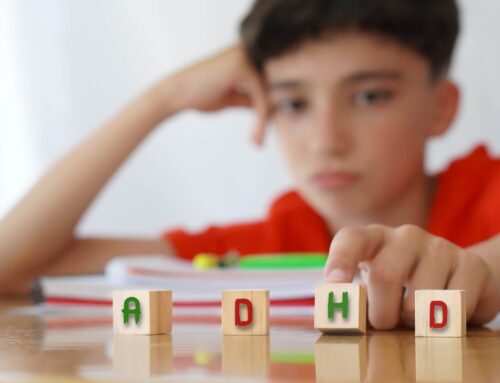




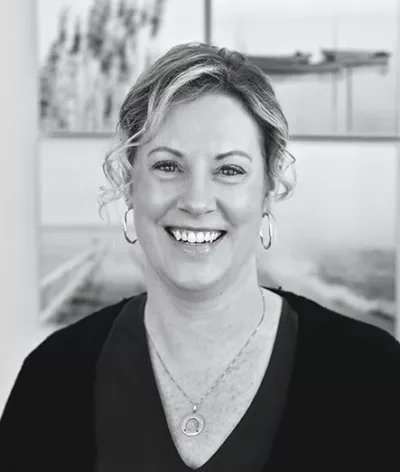

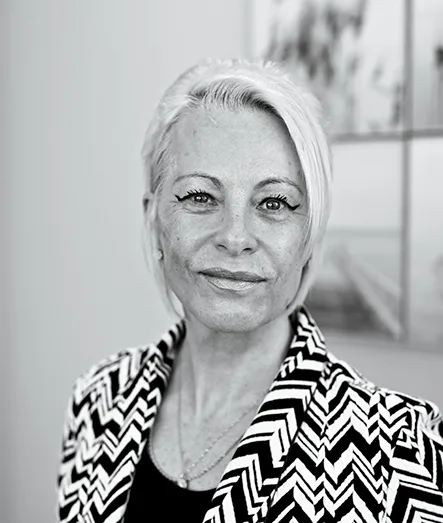
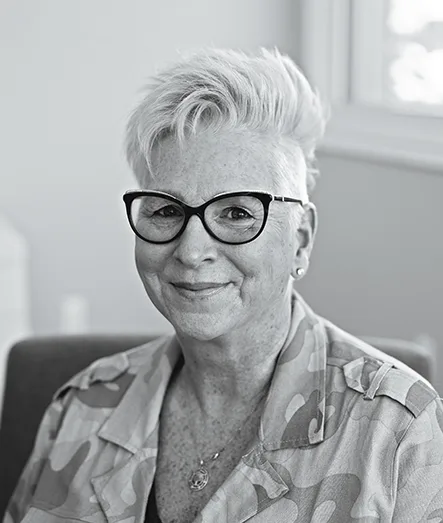
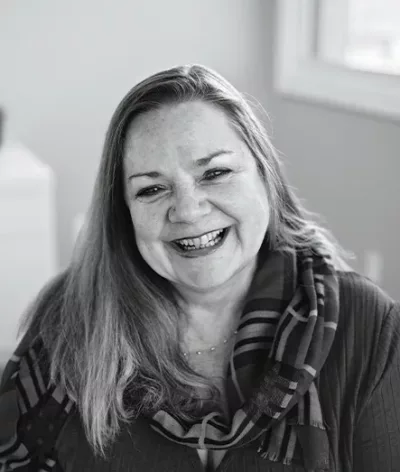 Sharon Walker, MSW, RSW
Sharon Walker, MSW, RSW Jordon Iorio Hons. BA, RSW
Jordon Iorio Hons. BA, RSW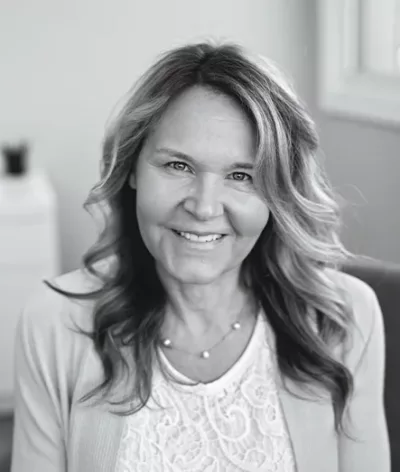 Christine Bibby, B.S.W., M.S.W., R.S.W.
Christine Bibby, B.S.W., M.S.W., R.S.W.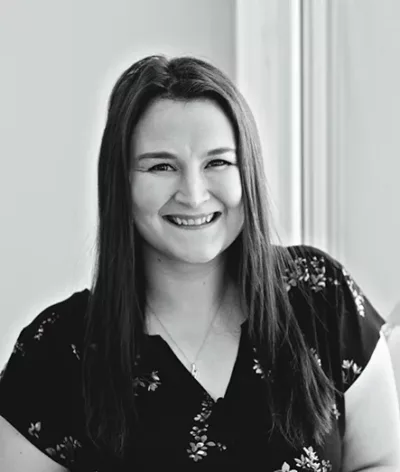 Brianna Kerr, RSW
Brianna Kerr, RSW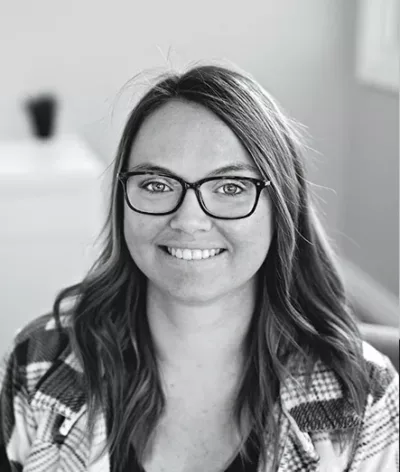 Danielle Vanderpost, RSW
Danielle Vanderpost, RSW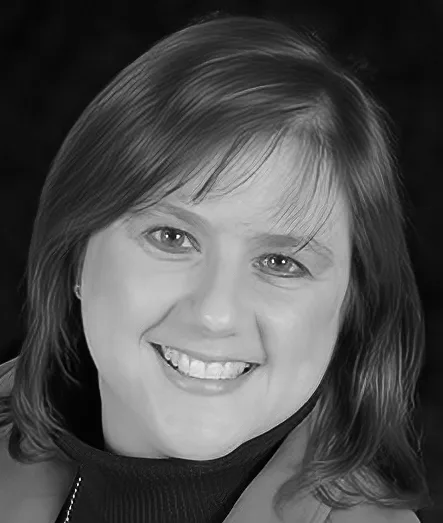 Daniela Switzer, MA, C.PSYCH
Daniela Switzer, MA, C.PSYCH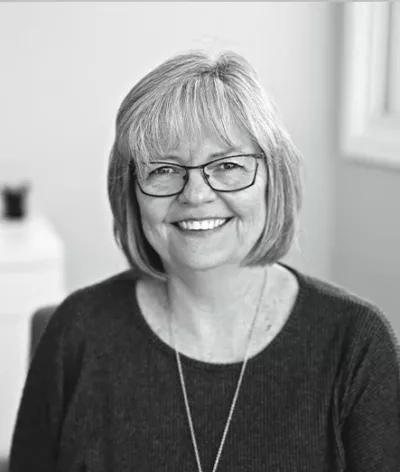 Tammy Adams
Tammy Adams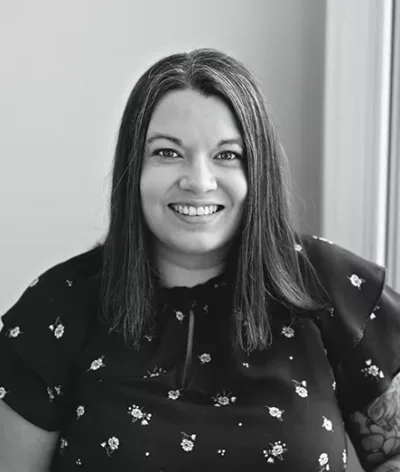 Jade Bates, RMT
Jade Bates, RMT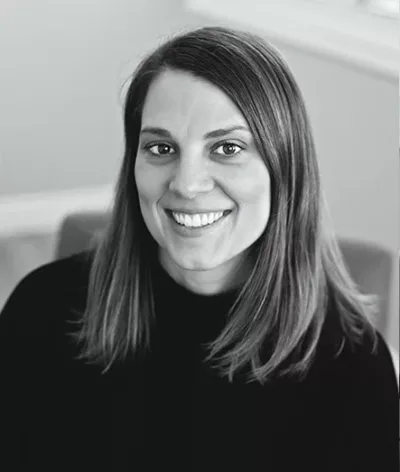 Caitlin Schneider
Caitlin Schneider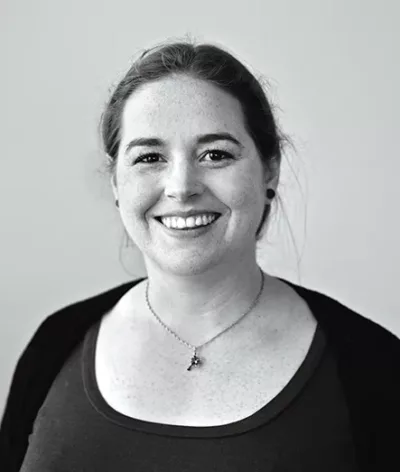 Dr. Crysana Copland
Dr. Crysana Copland
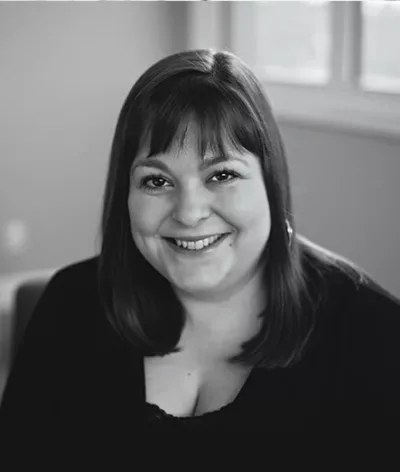 Amy Dougley
Amy Dougley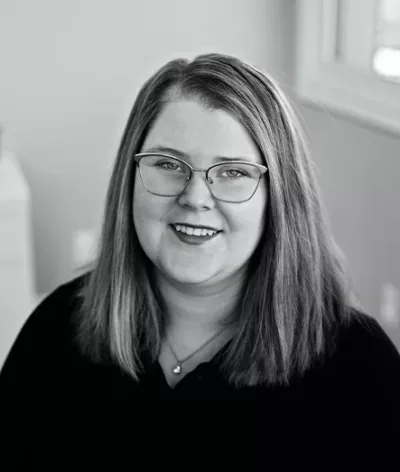 Emily Kamminga
Emily Kamminga Bill Dungey, RSW
Bill Dungey, RSW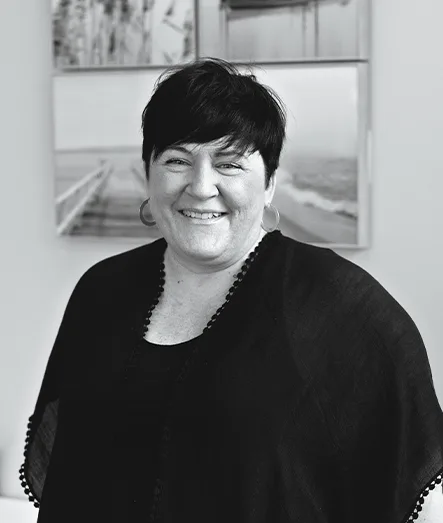
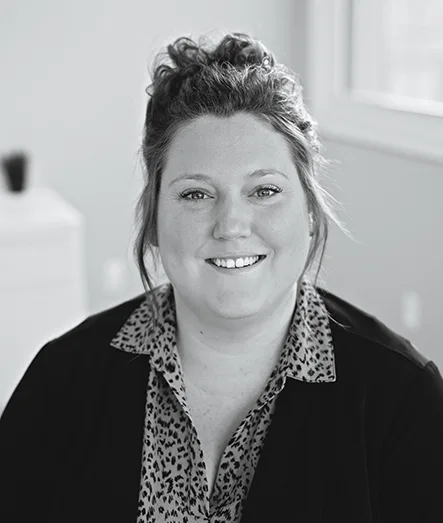

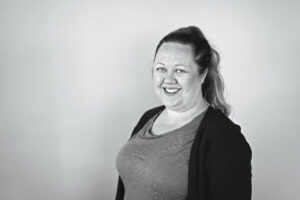
 Jessica Moore, RSW
Jessica Moore, RSW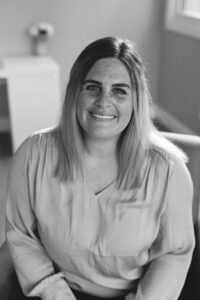 Abigail Wragge, RSW
Abigail Wragge, RSW Melanie Clucas
Melanie Clucas Ally Legault
Ally Legault Kunle Ifabiyi
Kunle Ifabiyi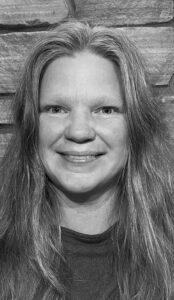 Tammy Prince
Tammy Prince
